Flipboard has been used to gather some of the world’s greatest minds together to order to increase awareness, share information, and open our minds to knowledge not often seen throughout mainstream media.
In this Flipboard Find by Christopher Klein, we learn more about This viral photo changed America — in 1863
On the Fourth of July in 1863 — an Independence Day that dawned with twisted, bloated bodies carpeting the fields and orchards of Gettysburg — tens of thousands of Americans who thought themselves numb to violence learned they were wrong. Leafing through the new issue of Harper’s Weekly, they encountered the graphic sight of a shirtless black slave in profile revealing a barbaric web of welts across the canvas of his bare back, testament to a ferocious whipping.
To many Northerners who had never set foot on a plantation, the image offered the first visual evidence of slavery’s inhumanity that they had ever seen. “It’s one of the first photographs to show a slave who clearly had been beaten badly,” says Frank Goodyear, codirector of the Bowdoin College Museum of Art, who has long studied the picture. “It suggests that the Southern idea that slavery was a benign institution was in fact a lie.”
A century-and-a-half later, the revolting visual still steals the breath. Now, new research by Bruce Laurie, an emeritus professor of history at the University of Massachusetts Amherst, reveals how the image came about: A pair of Union soldiers from Western Massachusetts who were shocked by the cruelty of slavery they confronted produced the iconic picture in the hopes of making virtual eyewitnesses of those back home.
When the photograph went viral, it demonstrated the ability of the visual medium to expose racial injustice and foster social change — long before cellphone videos of fatal police shootings rose to the civil rights forefront.
In his new study, “‘Chaotic Freedom’ in Civil War Louisiana: The Origins of an Iconic Image,” Laurie identifies Hampshire Gazette publisher Henry S. Gere and Marshall Stearns as the soldiers responsible for the famous photograph. While Gere was a “firebrand abolitionist” from his teenage days, his fellow soldier in the 52nd Massachusetts Regiment had a more complicated relationship with race. Laurie writes in his essay, which will be released as an e-book later this month by the Massachusetts Review, that Stearns was “an ignorant and naive racist” who had no contact with African-Americans before enlisting in the fall of 1862. “Like most men in the regiment,” Laurie says, “he went to war probably because he was a Unionist first. I don’t think he gave a second thought to slavery.”
That all changed once Stearns joined Gere in Baton Rouge, La., in December 1862 and was given charge of the so-called contrabands — slaves who had escaped to the Union camp. After witnessing the hardships and risks they experienced, Stearns refused to return slaves to planters and reprimanded officers who disparaged African-Americans. “Reading his letters very carefully, he’s becoming an abolitionist,” Laurie says. “Little by little, it’s clear that he’s appalled by what he sees in and around Baton Rouge, and he becomes more sympathetic. After about a month, he drops his racist language as a sign that he’s more enlightened.”
One day in the early spring of 1863, Stearns and Gere joined a crowd of soldiers and medics in the recruiting office as a recently escaped slave named Peter removed the shroud of rags that partially concealed his back to reveal a vast network of scars. The wounds from the whip of an irate overseer also lashed the sensibilities of Stearns and Gere, who called it “one of the most horrid and singular objects I have ever beheld.”
Gere wrote during his time in Louisiana that African-Americans “must be seen” in order “to be fully understood and their condition fully appreciated.” Although he revered the written word as a newspaper publisher, Gere joined many abolitionists in embracing the new wonder of photography as a way to change millions of minds.
Twice in April 1863, Gere and Stearns brought Peter to pose for portraits taken by Boston-born photographer William D. McPherson, who was visiting their camp with his assistant. Thanks to recent technological advancements, McPherson was able to cheaply mass-produce Peter’s image on wallet-sized cartes de visite that were printed on cardstock and easier to disseminate than expensive daguerreotypes, which required a fragile glass case for protection.
While the soldiers sent copies of the photograph to family and friends in Massachusetts, a third portrait of Peter — likely arranged by Massachusetts medics in the Baton Rouge camp, according to Laurie — circulated through abolitionist social networks before breaking into the mainstream media, including its reproduction in Harper’s Weekly (which misidentified Peter as “Gordon,” according to Laurie).
As painful and uncomfortable as Peter’s image was to view, it allowed a mass audience to experience the same transformation as Stearns did on the ground in Louisiana. The powerful image conveyed the evils of slavery in a way that even the most potent words of abolitionists William Lloyd Garrison or Harriet Beecher Stowe never could.
In an accusation that’s become all too familiar in the age of Photoshop, pro-slavery forces challenged the photograph as a fabrication. “Another response was that the slave probably deserved it,” Laurie says, “and this is what you have to do if slaves act up.”
These days, our hands clutch cellphones instead of cartes de visite. Goodyear says he can’t help but see the parallels between the circulation of Peter’s image and modern-day citizen videos of police shootings that can be disseminated with just a tap on the touchscreen.
“What began as a very local — even private — image ultimately achieved something much grander because it circulated so widely,” he says of Peter’s photograph. “When many wished to maintain the status quo, photography provided abolitionists — and more recently other reformers — with a new form of communication that proved very significant in winning support for a political cause.
“When you consider photography was a new visual technology in existence for less than 25 years, this picture would have been seen as a groundbreaking form of communication akin to the kind of digital image revolution we are in the midst of now,” Goodyear says. “People recognized photography’s power and suggested that it could do things the written word couldn’t.”
Christopher Klein is the author of “Strong Boy: The Life and Times of John L. Sullivan, America’s First Sports Hero.” E-mail him at chris@christopherklein.com and follow him on Twitter @historyauthor.





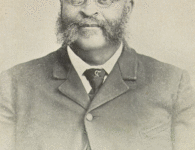
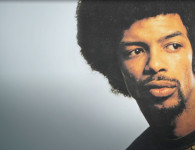
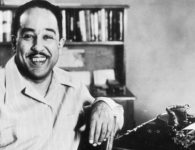

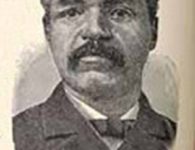
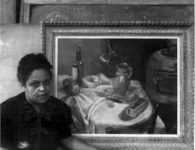


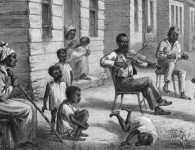
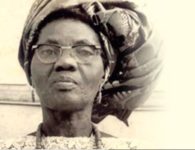
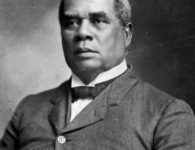

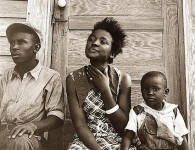
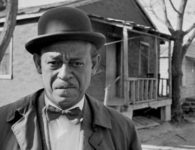
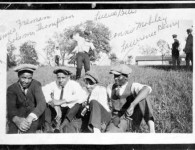

No comments